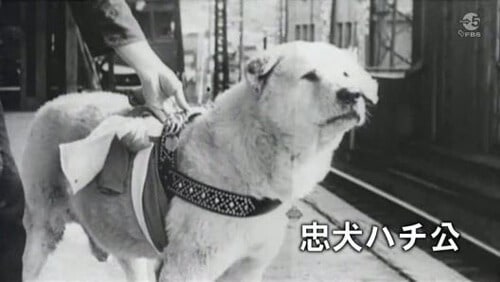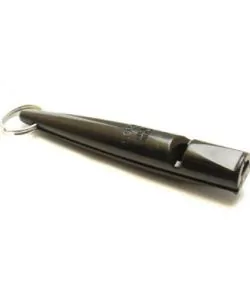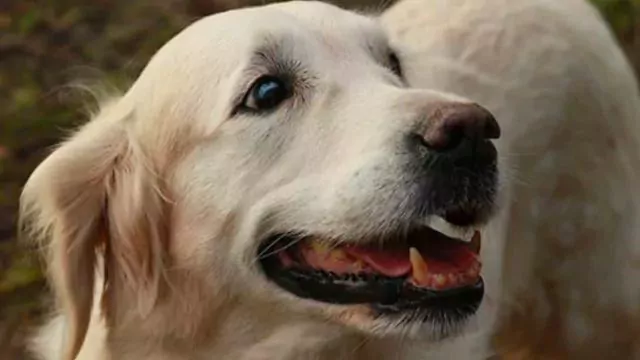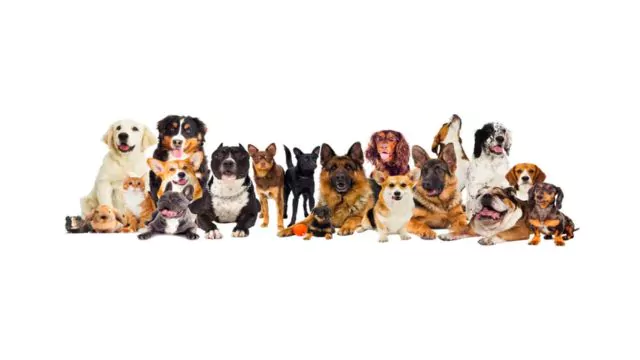Do Dogs Grieve The Loss of Friend or Owner
Can Dog's Grieve The Loss of a Person or Another Dog

Whilst they might not understand the full extent of the absence, dogs do understand loss and emotional despair, the feeling of missing someone or something that is no longer a part of their daily lives can have a devastating impact.
I have always believed dogs are sentient meaning they feel the full gamut of emotions that humans feel, such as love, joy, grief, sadness, happiness and despair. I actually started a petition which is still running to accept companion animals as sentient and to change the outdated Law on dog theft.
This petition has 538.000 signatures and until the actual sentencing with regard to dog theft is announced I will not accept we have won, though (1) Sentience and Dog Theft is now being enshrined in law, I believe my petition played an important part along with others in forcing the Government to change an inadequate and outdated law and to accept companion animals and sentient
No two dogs are alike and it will depend on the bond that exists between the owner and the dog. That will decide the level of grief and the way in which that manifests itself.
This list is just some of the signs that your dog is suffering loss and is grieving.
- Panting
- Whining
- Howling
- Barking
- Pacing
- Fidgeting
- Loss of appetite
- Depression
- Lethargy
- Self-Harming
- Broken Sleep Patterns
- Anxiety
I had to treat a German shepherd a couple of years ago whose owner suddenly died of a heart attack whilst walking the dog. After that, she refused to leave the house or eat and became chronically depressed, it can be so serious that dogs can die and often medical or behavioural intervention is required.
There are many instances of dogs mourning the loss of their owners howling and refusing to eat and being seriously depressed for some considerable time. it can occur from the loss or disappearance of either another dog or an owner or much-loved family member. Below is a number of examples of long term loss and grieving.

Greyfriars Bobby: Bobby a Skye terrier belonged to John Gray, who worked for the Edinburgh City Police as a night watchman. When John Gray died he was buried in Greyfriars Churchyard, called a (Kirkyard in Scotland)
Bobby led his master’s funeral procession to the grave and later, when he tried to stay at the graveside, he was shooed away by the caretaker and staff. But the little dog returned and refused to leave, whatever the weather conditions.
Despite the combined efforts of the keeper of the cemetery, John Grays family and friends Bobby still stubbornly refused to be enticed away from the grave except for food and water. Strangely enough, this was triggered by the firing of the one-o-clock gun at Edinburgh Castle.
It is believed Auld Jock (John Gray’s nickname) always went to lunch and fed Bobby at the same time in the same place and that was at 1 o’clock. Bobby became famous for spending the rest of his life sitting on his master’s grave until he died 14 years later at the grand age of 16.
A commemorative statue and drinking fountain to Bobby was erected by the English philanthropist Lady Burdett-Coutts who was charmed by his story. It was commissioned from the sculptor William Brodie and placed opposite the entrance to the churchyard to commemorate him
He was buried just inside the gate of the Churchyard near his master’s body, It is believed that the local people paid for a commemorative headstone and tended to his grave.

Hachikō: Another famous case was an Akita named Hachikō who was renowned in Japan for walking to and from the local train station on his master’s commuting schedule for over 9 years after his owner Eizaburo Ueno, a professor in agriculture science at Tokyo University died.
He commuted each day to work and Hachi, Eizaburo’s nickname for his beloved dog went to the station every day to see him off and came back to greet him on the return journey.
Unfortunately, professor Ueno has a fatal cerebral haemorrhage and died suddenly at work, he never returned. Hachikō went to the train station every day in the hope his owner would get off the train for the next 9 + years until he died despite being rehomed with the professor’s gardener.
We may never fully understand what goes through a dogs mind in these circumstances, that bond between humans and dogs. is it loyalty, devotion, dedication, love, it is probably all and then some?
My first dog as an adult was a Springer Spaniel called Skip my second dog I bought a few years later was called Harvey. When Skip died at the age of 14 Harvey was totally bereft he refused to eat, howled all night and was lethargic and totally beside himself.
I started treating him after a few days with (2) Scullcap and Valerian and actually considered getting Prozac from the vets, the howling and sadness lasted for about 8 days then the medication kicked in and he started eating properly again but he was still unhappy in himself and was clearly very sad until I bought a new puppy home another Springer and that helped him overcome his grief.
I believe dogs are happier if there is more than one in the house. Since Skip, I have never had just one dog alone. The most I have owned at one time is seven and the least is two.
However, I believe you should introduce a new dog or puppy into an existing dog household carefully. If it is a puppy or an adult then there are certain things you should do to make it easier for all the dogs concerned. To this end, I wrote an article called (3) Introducing a Dog or Puppy Into an Existing Dog Household.
The little video clip below shows signs of a dog that appears to be grieving the loss of a much-loved family member. It is controversial as people believe it is either reverse sneezing or the dog is being choked, however, I believe this is a true video as I have seen dogs act in this way with grief.
Stan Rawlinson October 2021
Dog Behaviourist
(3) Introducing a Dog or Puppy Into an Existing Dog Household











